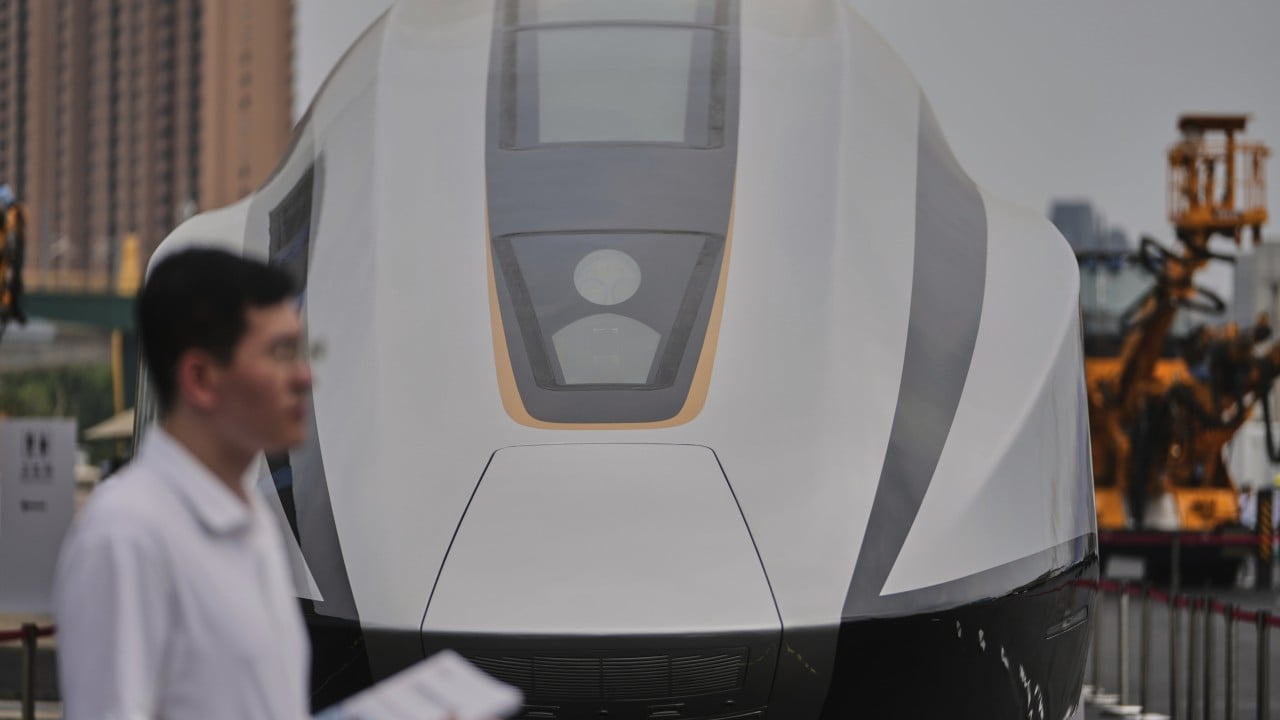After a construction boom spanning nearly two decades, China’s high-speed rail (HSR) network has made record-breaking strides. But to ensure long-term sustainability, analysts said the government needs to address challenges around commercial profitability and mounting debt.
Advertisement
The warnings came ahead of the next five-year plan, covering the years 2026-2030, in which policymakers will decide whether to take on more debt to expand the 48,000-kilometre network – already the world’s largest, surpassing the combined lengths of those in Germany, Japan and the United Kingdom.
On one hand, Beijing has succeeded in building the network at a breakneck pace, while maintaining safety and achieving record travel speeds. Recently tested maglev trains have topped 600km/h, and a new generation of bullet trains capable of 400km/h could cut travel time between Beijing and Shanghai – China’s two main cities – by more than one hour, reducing the four-hour journey to three.
But some analysts have urged officials to hit the brakes.
“Many newly built HSR lines should not have been built, if assessed according to the standards set by the central government,” said Zhao Jian, a professor at Beijing Jiaotong University.
Advertisement
As a manufacturing powerhouse, China needs greater freight capacity – especially for bulk commodities – but high-speed rail, which typically runs at about 300km/h, is limited to carrying passengers as the speed of travel is unsuitable for transporting heavy loads, he said.

